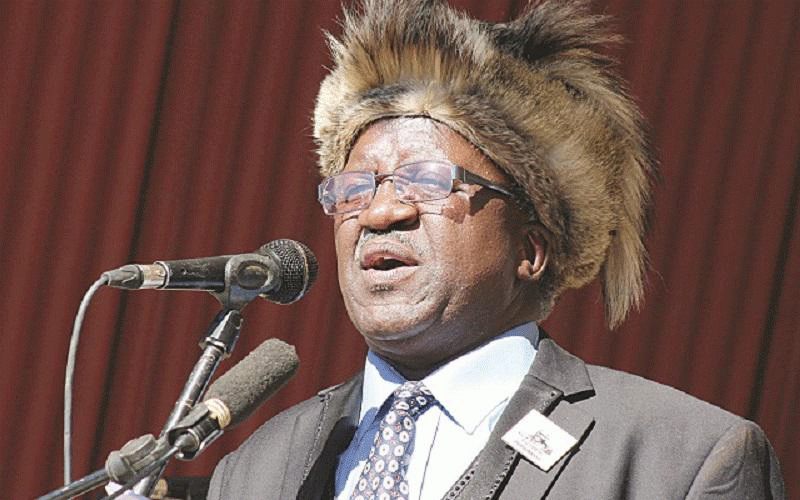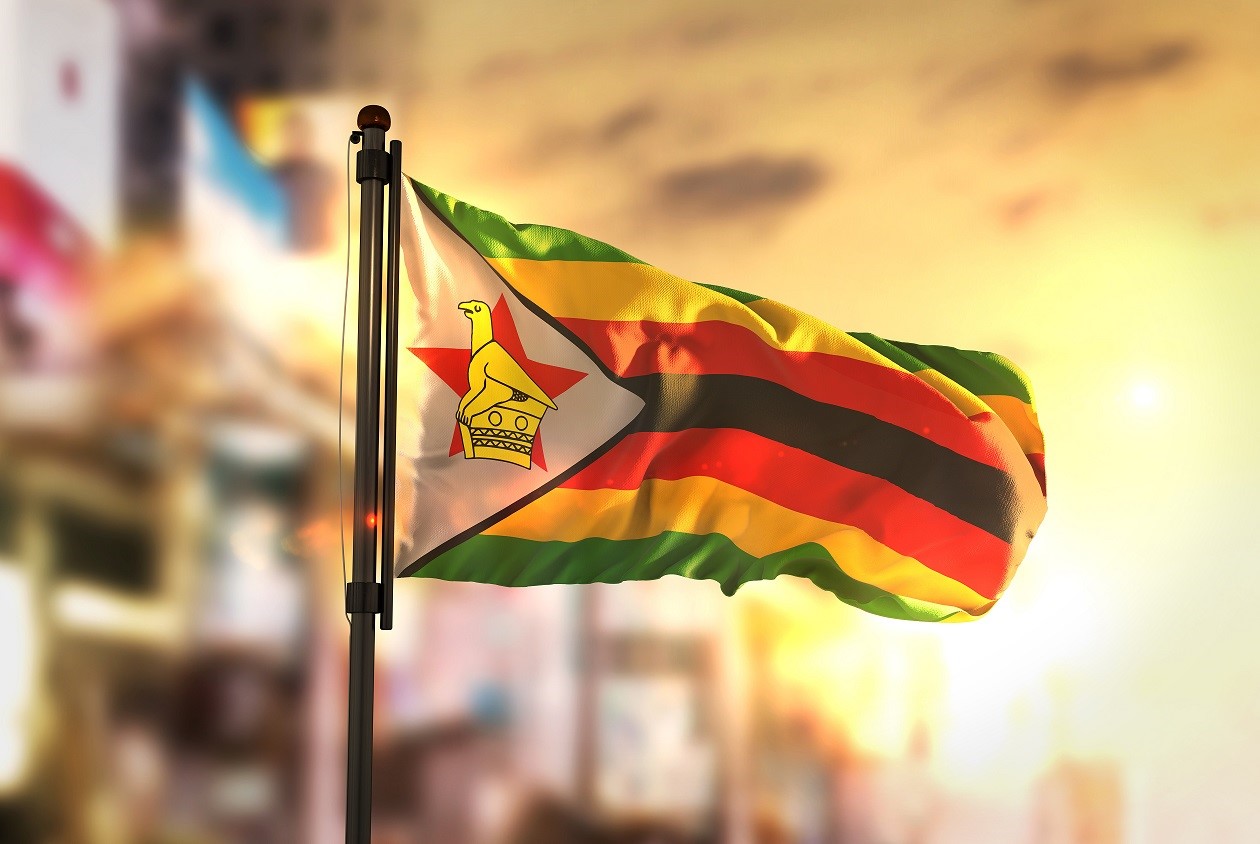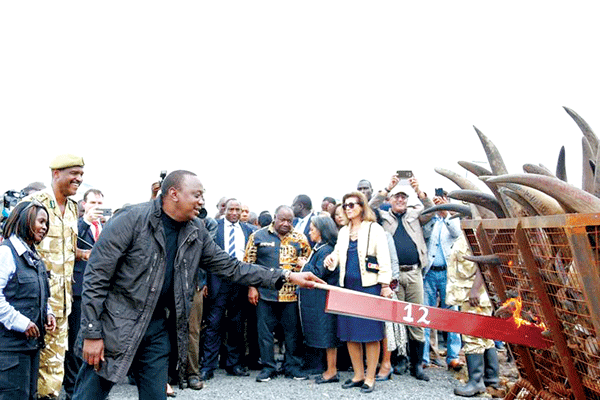
THE tourism and events industry in Zimbabwe is being presented with a prodigious opportunity to grow exponentially with the launching of an initiative to attract MICE tourism.
MICE is the acronym for meetings, incentives, conventions and events. “E” sometimes refers to exhibitions while “C” refers to conferences. It refers to a growing new form of tourism that has enormous economic and social effects.
The Zimbabwe International Trade Fair Company and the Zimbabwe Tourism Authority have teamed to reconfigure the A’sambeni Africa Travel and Tourism Fair 2014 to showcase the growing MICE industry.
A’sambeni is held concurrently with the Zimbabwe International Trade Fair (ZITF) in Bulawayo, which this year runs from April 22 to 26.
MICE has become a major marketing tool and a key driver of destination development and an important generator of income, employment and foreign investment in many countries according to Tourism and Hospitality minister Walter Mzembi.
“The global meetings industry has begun to recognise Africa as a sought-after destination and Zimbabwe is well placed to attract it to within its borders,” Mzembi says.
The MICE sector is one of the fastest growing segments in the tourism industry generating millions in revenue for cities and tourist destinations around the world.
Statistics show that the total global MICE market is in excess of $270 billion and that output from this form of tourism accounts for 1% of the world’s gross domestic product.
- Chamisa under fire over US$120K donation
- Mavhunga puts DeMbare into Chibuku quarterfinals
- Pension funds bet on Cabora Bassa oilfields
- Councils defy govt fire tender directive
Keep Reading
MICE tourism is usually organised around a well-planned agenda-centred on a theme or topic for a professional trade organisation, a special interest group or educational institution.
Such tourism is often a specialised event with its own exhibition and practices. It attracts participants from around the world to a specific venue. The annual business generated around the ZITF, for example, can be classified under MICE.
This attracts business people from both within and outside Zimbabwe to Bulawayo for the exhibition thus allowing service providers in the City of Kings to market and sell their products and services to a global community of business people.
Meetings are defined by the International Association of Professional Congress Organisers as the coming together of a number of people in one place for a particular purpose. They could be on an ad-hoc basis or to a set pattern.
These could be annual general meetings, committee or strategic planning meetings.
Incentive tourism is a type of employee reward by a company or institution for targets met or exceeded, or a job well done.
It is conducted purely for entertainment, rather than for professional or educational purposes.
A conference is a participatory meeting designed for discussion, fact-finding, problem-solving and consultation. It is smaller in scale when compared to a congress and is usually of limited duration with specific objectives.
An event or exhibition involves the display of products and services, for example a launch, career fair or motor show among many examples.
How then can the local tourism and events management industry take advantage of this new phenomenon whose common characteristics where are those of generating high income and profits? Research shows that the per-capita consumption of a MICE tourism is four to five times higher than that of an ordinary tourist.
The ZTA and ZITF this year plan to take advantage of the influx of global, regional and local business and commerce that attends Zimbabwe’s premier exhibition to showcase the benefits and the potential of MICE to local players in the tourism industry.
Through the stand alone A’sambeni Africa Travel and Tourism Fair within ZITF 2014, the organisers plan to attract stakeholders and service providers who will exhibit their products, services and facilities to the business audience attending the annual exhibition.
Running concurrently with the Travel and Tourism Fair will be a workshop that will feature key international, regional and local speakers who will share their expertise and experience on the potential of MICE tourism as well as demonstrate how stakeholders can take advantage of the opportunities that the industry offers.
How can local players become attractive for the lucrative MICE market among so many competing sites in the world?
Studies have shown that apart from critical factors such as convention facilities and accommodation, a destination must offer additional features to compete efficiently.
Key convention site selection factors also include accessibility, local support, extra conference opportunities, information, and site environment. Other criteria like risks, profitability, association promotion and novelty also come into play.
These as well as other issues are set to be covered at the A’sambeni 2014 MICE workshop and stakeholders in the tourism and events industry are encouraged to attend.
Simply put MICE is business tourism and if well marketed it could benefit local players in the events and tourism industry who have the facilities to host such meetings as well as “downstream” service providers.
Players who are sure to benefit include those in international and domestic transport, accommodation, post-conference touring, exhibition facilities, hotels and catering, audio-visual and telecommunications services.
Lenox Mhlanga is a strategic communications thinker with experience in public relations, broadcasting, media training and public speaking. He can be contacted at [email protected] or on +263-772 400 656









